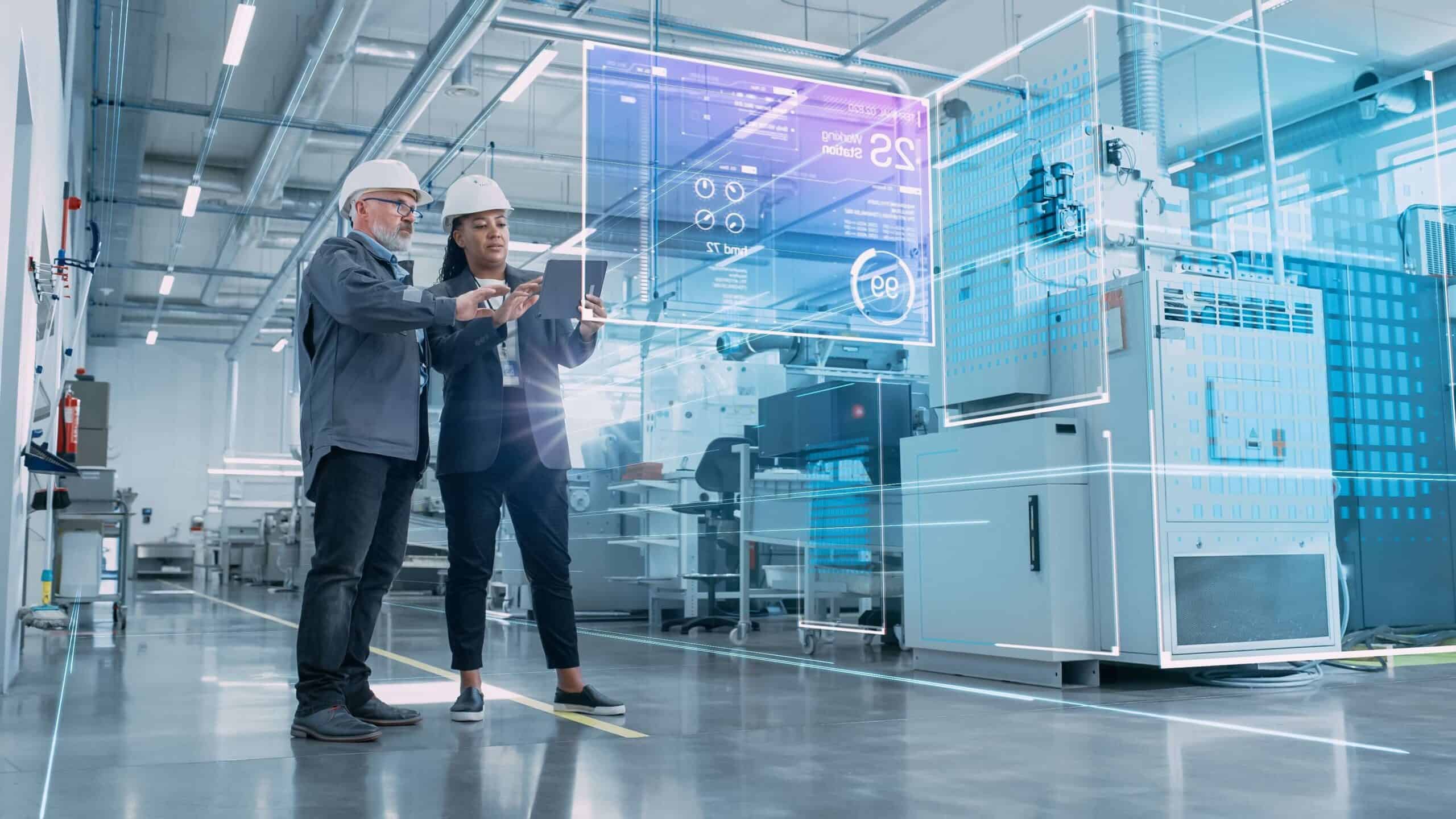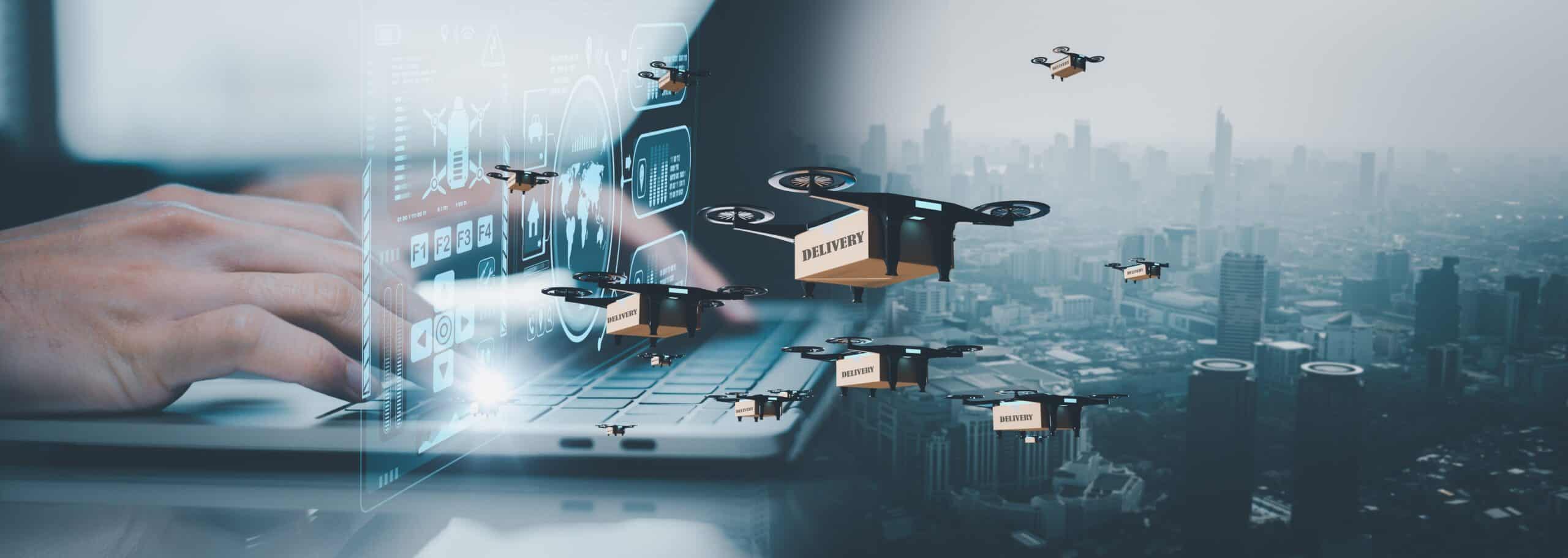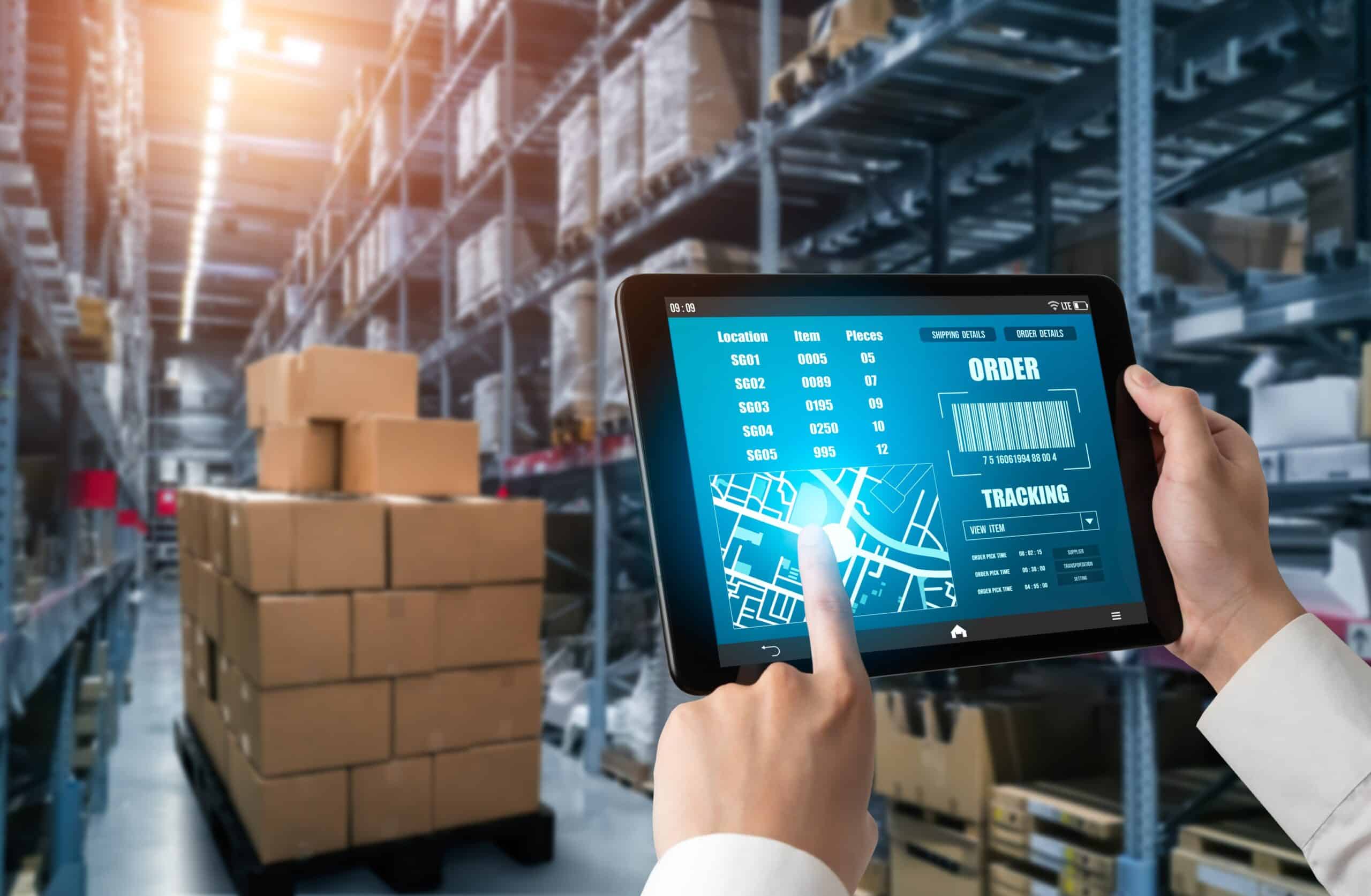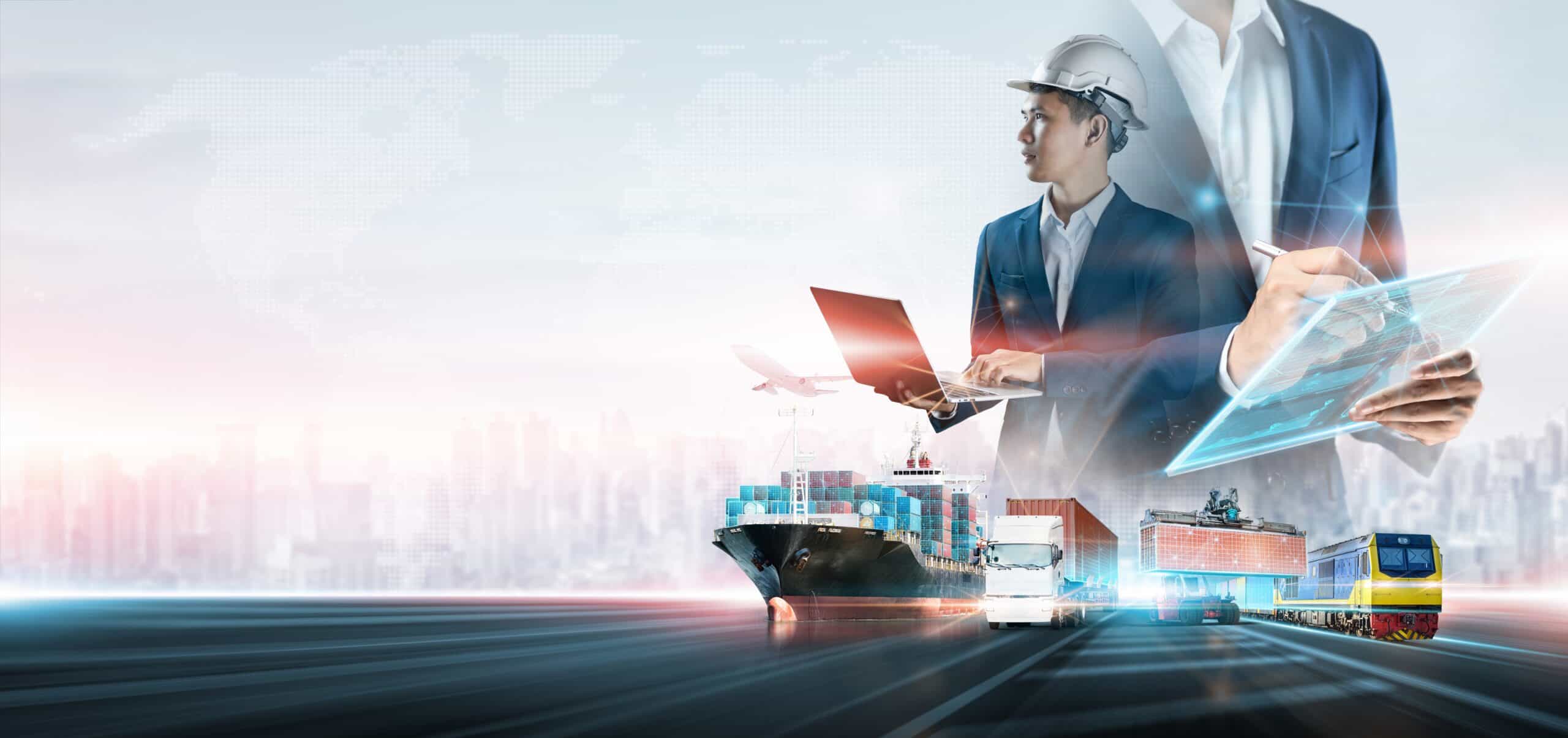- What exactly are virtual or digital twin factories?
- European Union recognises transformative potential of digital twin technology
- DELMIA — guiding companies in merging virtual twins with real-world manufacturing
- BMW’s new factory will change the car industry, even though it doesn’t exist in real life
In a world increasingly dominated by digital transformations and innovations, the manufacturing sector is experiencing a transition like never before. At the heart of this shift lies the concept of ‘digital twins’ or ‘virtual factories’, which are essentially detailed digital counterparts of physical properties or systems. Leading the charge in this new frontier is the European Union, which recognises the monumental impact of digital twin technology. Advanced systems like DELMIA by Dassault Systèmes are guiding companies in seamlessly fusing the digital with the physical, and in a groundbreaking move, BMW has adopted this cutting-edge technology, signalling game-changing developments in the automobile industry. In this article, we will discover the essence of these digital twin factories and their transformative potential in reshaping how products are made and industries operate, and also give you examples of real-world applications and the monumental shifts they promise for the future of manufacturing.
What exactly are virtual or digital twin factories?
In the evolving landscape of industrial automation and smart manufacturing, the concept of the ‘digital twin’ has emerged as a linchpin, heralding a new era of efficiency and innovation. So, what exactly is it, and why has it piqued the interest of industries across the world? A digital twin, in essence, is a detailed virtual replica of a physical entity or system. In the context of manufacturing, a virtual or digital twin factory refers to a comprehensive digital model of the entire factory setup — from machinery and processes to workflows and supply chains. This model not only mirrors the physical factory but is also capable of running simulations, analysing performance metrics, and suggesting optimisations. One of the primary benefits of these virtualised models is the profound enhancement in predictive maintenance. By continuously monitoring the digital twin and comparing it to the physical entity, companies can predict when machinery will fail or require maintenance, vastly reducing downtime and operational costs. Additionally, by simulating various scenarios on the digital model, manufacturers can anticipate bottlenecks, streamline workflows, and optimise resource allocation, thereby maximising efficiency and productivity.
Furthermore, in the age of customisation and rapid market changes, digital twins allow manufacturers to test changes or new processes in a risk-free virtual environment before implementing them in the real world. This adaptability ensures that factories can pivot quickly, responding to market demands or shifting strategies without the steep costs associated with trial-and-error on the production floor. The automotive industry, always at the vanguard of manufacturing innovation, has been an early adopter of twin factories. Companies like Rolls-Royce, BMW, and Jaguar Land Rover use digital twins to simulate and optimise assembly line processes, ensuring that cars are produced at maximum efficiency with minimal waste. The aerospace sector, with its intricate components and rigorous safety standards, also finds immense value in digital twins, allowing for exhaustive testing and simulation without expending physical resources. Beyond these, the pharmaceutical, energy, and electronics sectors are increasingly integrating digital twin methodologies into their operations, driven by the tangible benefits and future-proofing potential they offer.
European Union recognises transformative potential of digital twin technology
The European Union has long recognised the transformative potential of digital twin technology in reshaping the manufacturing sector. To this end, the DIMOFAC (Digital Intelligent MOdular FACtories) initiative stands out as a beacon of innovation. Funded by the EU, DIMOFAC is a groundbreaking research project dedicated to urging manufacturers across the continent to integrate digital twins into their operations. At its core, this initiative is not merely about technological transition but fostering a shift in manufacturing paradigms. By harnessing the power of digital twins, manufacturers can optimise processes, foresee challenges, and adjust production parameters in real time. The real genius of DIMOFAC lies in its commitment to creating modular and flexible manufacturing systems, thereby enabling industries to swiftly respond to market demands and minimise resource wastage. Industries that have already begun to integrate the insights and methodologies from the DIMOFAC project are witnessing tangible benefits — from shortened production cycles to enhanced product quality.
As the European manufacturing landscape becomes increasingly competitive, initiatives like DIMOFAC underscore the union’s proactive approach to equipping its industries with cutting-edge tools for sustained success. The project is backed by a diverse group of 30 European partners, including research institutions, tech enterprises, pilot industrial lines, and industry alliances. Over a span of four years, these collaborators are dedicated to devising, trialling, validating, and spreading a unique industrial approach to expediting the reconfiguration of assembly lines. This aims to bolster factory adaptability in response to shifting demands. Leveraging advanced methodologies like blockchain, robotics, cloud computing, and AI, the initiative focuses on modelling manufacturing workflows to pinpoint potential areas of improvement. Cécile Girardot, coordinator of the DIMOFAC initiative — which will run until March 2024 — says: “The industry is experiencing a transition phase and digital technologies can help. Digital twins provide real-time data that can show the performance of machines in the real world on a virtual plane”.
DELMIA brings production processes to life within a virtual space. This approach provides a risk-free environment to test and tweak new strategies, streamline workflows, and experiment with groundbreaking concepts
DELMIA — guiding companies in merging virtual twins with real-world manufacturing
One firm that’s at the forefront of digital twin factory technologies is DELMIA, a brand that’s part of Dassault Systèmes, a company that specialises in manufacturing and operations solutions. With the rapid advancements in manufacturing techniques and a heightened emphasis on efficiency and sustainability, DELMIA has carved a niche for itself by leveraging innovative technologies to reshape the traditional factory setup. Its Factory Simulation Software seamlessly bridges the gap between the virtual and physical worlds of manufacturing by crafting an intricate 3D replica of entire factory setups, encompassing everything from individual machine placements to the intricacies of work cells and the broader scope of production lines. The distinguishing feature is its ability to incorporate real-world data, which enables manufacturers to simulate an expansive array of scenarios, ranging from basic manufacturing processes to holistic factory operations, preventive measures, and ergonomic considerations for human operators. This digital twin approach offers a bird’s-eye view of the factory floor, granting businesses the ability to visually monitor the mechanical functionality of machines and tools.
This is invaluable when verifying the feasibility of manufacturing new products or assessing the potential ramifications of changing a factory’s layout. By connecting work cells to a programmable logic controller, manufacturers can also virtually commission both work cells and entire production lines. Using cutting-edge technologies, including AI, digital twins, the IoT, and big data, DELMIA brings production processes to life within a virtual space. This approach provides a risk-free environment to test and tweak new strategies, streamline workflows, and experiment with groundbreaking concepts. The promise? Enhanced efficiency, diminished downtime, and cost savings, all while elevating company productivity. What truly underscores DELMIA’s prowess is its connectivity and collaborative potential through the 3DEXPERIENCE platform. This allows for the conception and fine-tuning of ‘what-if’ scenarios, from adjusting workforce capacities and anticipating potential disruptions to recalibrating production sources and planning new product introductions. DELMIA doesn’t just offer a static digital reflection of the real world; it provides a dynamic, data-driven virtual model of tangible products, assets, and processes, facilitating collaboration, optimisation, and efficient performance. By enabling manufacturers to virtually experiment with a myriad of scenarios, they can craft the most aligned strategies for their business and sustainability objectives.
“The real-time visual interaction automatically leads to faster detection of potential problems. All of the engineers can look into it as if they were in the actual physical place together, and they can intuitively see that things are conflicting and fix them right there”.
Rev Lebaredian, vice president of Omniverse at Nvidia
BMW’s new factory will change the car industry, even though it doesn’t exist in real life
One real-world example of a company that’s already implementing virtual factory technology is BMW. Leveraging Nvidia’s Omniverse platform, the car manufacturing giant recently introduced a comprehensive virtual representation of their upcoming manufacturing processes. This state-of-the-art tool, a kind of ‘metaverse for businesses’, will enable the car manufacturer to design, evaluate, and fine-tune robotics and logistics systems before they’re rolled out in the real world. It’s set to play a pivotal role across BMW’s manufacturing ecosystem, most notably in their future electric vehicle plant in Debrecen, Hungary. This plant, a precise digital reflection of a vast 400-hectare site, is slated to produce about 150,000 vehicles annually from 2025 onwards. Omniverse operates like an intricate cloud-based video game in which real-world entities are mirrored by their 3D avatars that behave identically to their physical counterparts. A robot in this space is tangible, obeys the laws of physics, and can be coded for specific jobs. It can assemble a car part, bump into a tool stand, or, if wrongly positioned, might unintentionally harm a (virtual) employee.
“The real-time visual interaction where everything is coordinated into a single model automatically leads to faster detection of potential problems. All of the engineers can look into it as if they were in the actual physical place together, and they can intuitively see that things are conflicting and fix them right there”, says Rev Lebaredian, vice president of Omniverse and simulation technology at Nvidia. After an extended phase of beta testing, BMW teams will get access to the digital twin. Over the next few months, both BMW and Nvidia aim to introduce new features, such as simulations of real human workers interacting within the virtual plant in the same way they would in an actual factory. BMW’s virtual twin factory is set to evolve beyond just a platform for designing and trialling new factories. The objective is to streamline operations, ensuring that any alterations in the real factory are reflected in its digital counterpart and where changes in the digital twin factory will be synchronised with the 3D databases used by BMW’s design divisions. With these elements in sync, the upcoming phase involves the incorporation of Omniverse powered by artificial intelligence to enhance real-world efficiencies.
In closing
As industries continue to stride towards Industry 4.0, the role of digital twin factories becomes ever more pivotal. This seamless integration of the digital and physical worlds promises not only to revolutionise the way products are made but also to set new standards in efficiency, sustainability, and innovation. The emergence of digital twin factories stands out as a testament to human ingenuity and technological prowess. As we’ve journeyed through the intricacies of this innovation, from its conceptual underpinnings to its groundbreaking applications in industry giants like BMW, the transformative potential of merging the digital with the physical becomes undeniably evident. Companies that harness the power of these virtual realms position themselves at the vanguard of a new manufacturing era, armed with tools that promise efficiency, sustainability, and adaptability. With the likes of the European Union throwing their weight behind this technological marvel and industry leaders exemplifying its benefits, it’s evident that the future of manufacturing is not just on the factory floor but also in the limitless expanse of the virtual world.







